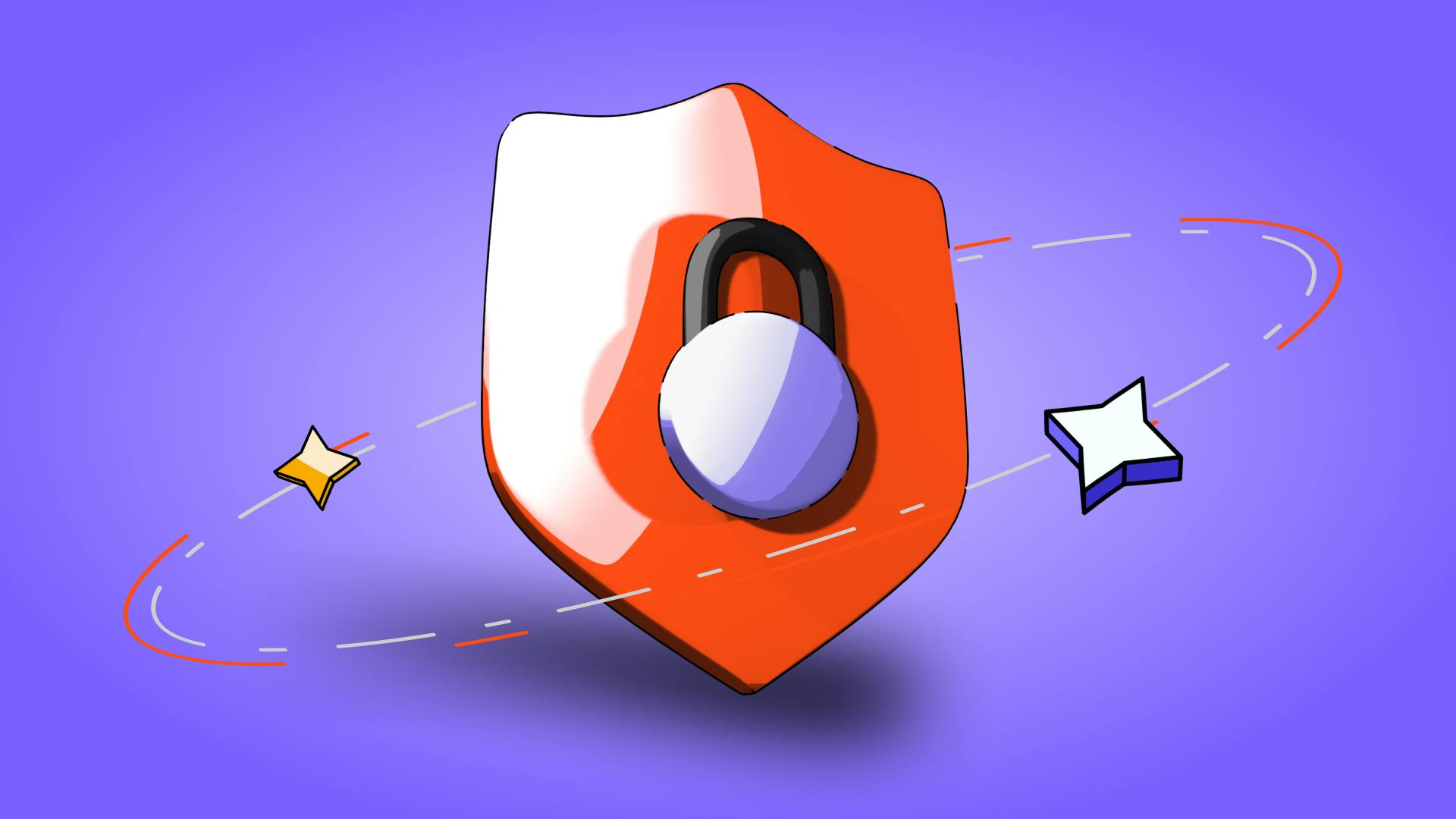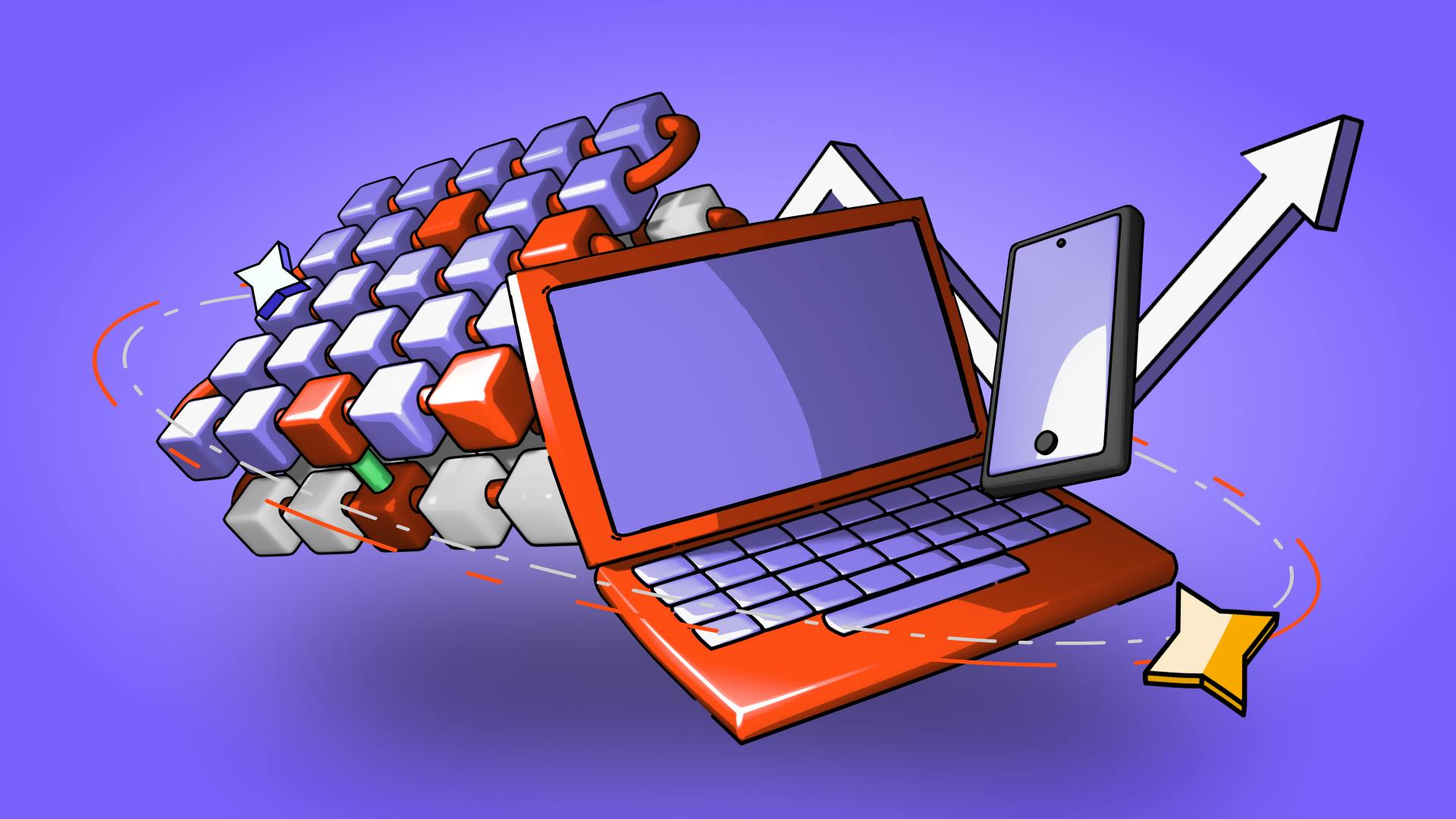The Rise of Blockchain Gaming
December 5, 2025

by Kamil S
December 5, 2025
Crypto is closer to massive adoption than ever before, and blockchain gaming has recently been driving it. We wouldn’t be wrong to say gaming is one of the biggest use cases of blockchain technology.
Why is blockchain gaming pitching, and what makes it different from traditional gaming?
Blockchain gaming is a type of gaming where in-game assets are developed on-chain and have a real-world value in the form of NFTs (non-fungible tokens).
Read: Crypto NFTs Explained
The NFTs are stored on the blockchain, meaning that the player has full control over in-game assets that can be stored, sold, or traded.
The key to blockchain gaming revolutionizing the industry was introducing play-to-earn (P2E) games offering economic incentives to players.
GameFi (game finance) allows players to earn crypto and NFT rewards by completing tasks and different game levels, or battling other players – something that traditional gaming has never been able to offer. It is worth noting that crypto and NFT rewards are attractive for gamers and crypto enthusiasts alike, hence the growing popularity of blockchain gaming.
As previously mentioned, players can transfer their rewards out of the game as they wish – to trade them on either NFT marketplaces or crypto exchanges.
Another reason why blockchain gaming is pitching is digital asset ownership: the player can monetize in-game assets that they own.
In case you were wondering what in-game assets are, here are a few examples: avatars, weapons, tools, and many more. Different from traditional gaming, these assets – once owned by the player – can be issued as NFTs, which allows the player to transfer them out of the game’s world. As NFTs are stored on the blockchain, ownership is authenticated and verifiable.
This kind of ownership implies long-term value. In traditional gaming, developers can change or even remove in-game assets as they see fit. Moreover, if developers decide to shut down a game, the player loses everything they gained or purchased up to that moment.
Blockchain gaming implies retaining control of in-game assets no matter what happens. In other words, the player will never lose their assets, even if the game is shut down. Equally important, there is no lifespan for crypto and NFT rewards, meaning that the player can use them anytime.
Blockchain gaming exploded in 2021. At the time of writing this article, there are over 1,500 blockchain games listed on DappRadar, and the number is expected to rise in the coming years.
Pedro Herrera, senior data analyst at DappRadar, said, “It’s just impressive to see the evolution that blockchain games have experienced this year. They (players) create micro economies of their own, it’s something that’s going to be big.”
Join our Discord or Telegram communities to keep up-to-date in crypto!
Tags
Related Articles

Regulatory Sandboxes: Fostering Crypto Innovation Within Legal Frameworks
The cryptocurrency industry’s fast rise fuels an important debate. Innovation aims to transform finance, enhancing speed and access. Yet, regulators…
5m

Crypto Options Trading: Strategies and Market Insights
Cryptocurrency markets have rapidly expanded beyond simple buying and selling. One of the most significant developments has been the rise of…
6m

The Rise of Social-Fi: Blending Social Media with Decentralized Finance
In recent years, social media and finance have started to merge, creating Social-Fi. This concept blends the engagement of social platforms with…
6m

DeFi Insurance Platforms to Watch in 2024
Decentralized Finance (DeFi) insurance addresses the growing need for insurance against hacks, smart contract failures, and other DeFi-related risks.…
7m